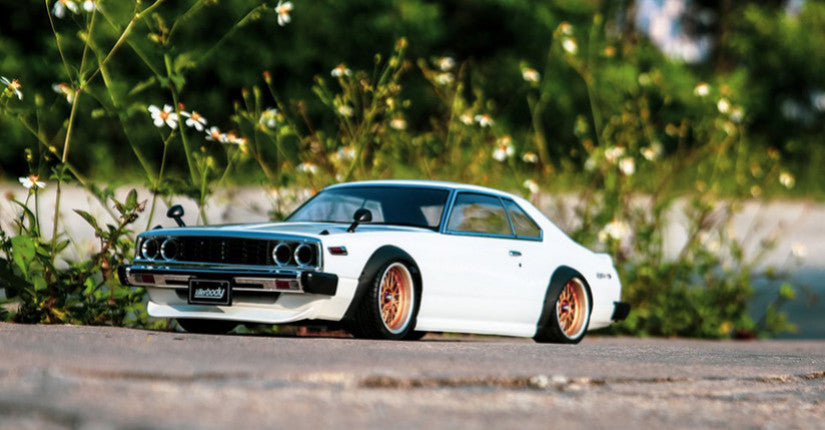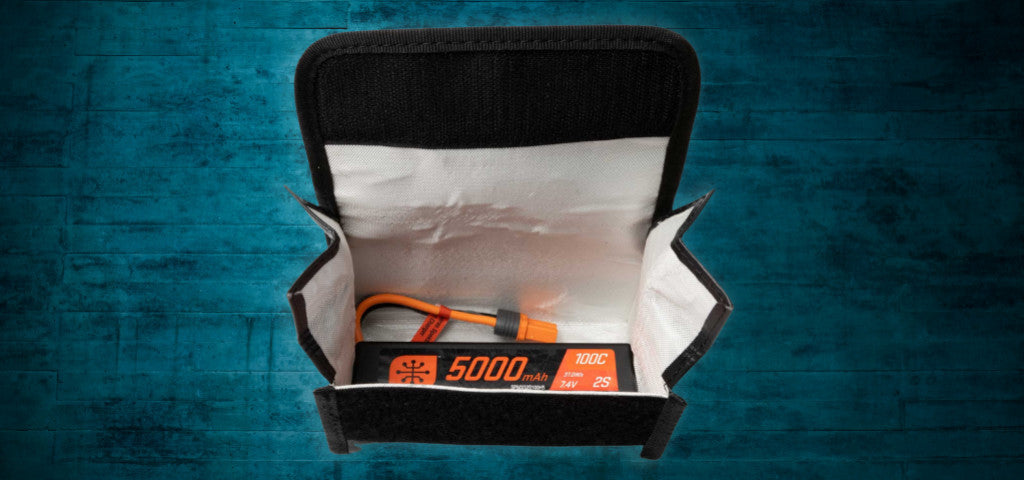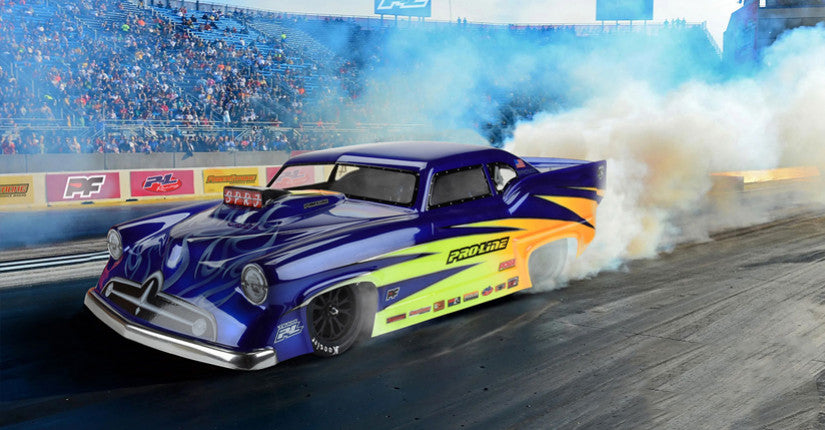An injection molded body is most often referred to as a " Hard Body " or ABS. This type of bodywork is distinguished from Lexan bodies by its opacity and offers finer details and more complex shapes. However, painting an ABS body requires more time and care than painting a polycarbonate body. It needs to be prepared and the paint must be applied smoothly. We'll show you how to turn your car's ABS bodywork into a work of art!
1st step: Blacken the interior
To give a realistic look to the car, the first thing to do is to apply a semi-gloss black to the interior of the bodywork . This step does not require any special preparation of the bodywork and one coat may be sufficient because the finish does not need to be perfect. However, be careful to spill as little as possible outside the bodywork.
2nd step: Prepare the bodywork
If the surface of the bodywork is not perfectly smooth, the paint may mark the rough edges. You must therefore prepare the body by sanding off the excess plastic using a small fine file. Remove runs, superfluous lines and small irregularities. Remember to sand gently and check your work frequently so you don't remove too much material. If this is the case then use body filler to fill the hole then sand again.
3rd step: Apply a coat of primer
A coat of primer (for dark paints or for light paints ) makes it easy to see surface imperfections and provides an even finish when you apply the color. Before applying the primer, rub the plastic using sandpaper (800 grit). This makes it shine and gives the paint a surface to cling to. Wash the body with soap and water and dry it thoroughly, paying special attention to any nooks and crannies that might contain water.
If you blackened the inside of the body, be sure to mask it off to prevent excess primer from reaching that black surface. Apply the primer in thick layers to evenly cover the bodywork . You don't need to get a perfect finish, it's all about covering the surface completely.
4th step: Prepare the application of the color
This step is optional, but if you want vibrant paint, it's a must. Allow the primer to dry completely for a few days, then gently sand the entire body with sandpaper (1000 grit). This smoothes the surface and gives the paint a rough appearance to which the color will adhere better. If you rub through the first coat of paint, apply a new coat of primer and blend the surface. When you have finished sanding the body, wash it again with soap and water and make sure the body is completely dry before applying paint.
Step 5: Spray the paint
Unlike primer, color coats must be applied carefully. For the first layer, simply
Spray the paint on the bodywork (do not try to cover it completely). You should get a thin coat of paint with the primer showing through. The goal here is to prepare the surface for the second coat to stick.
Let the paint dry for about 15 minutes then apply another coat . Repeat the operation a third time. Apply enough paint to obtain a smooth surface and do not touch the paint while it dries. The ideal is to then install the bodywork in a dust-free, warm and dry place and let it dry as long as possible because the paint can sometimes appear dry but in fact it is not.
Step 6: Polish the paint
Once the paint is completely dry and you are satisfied with the effect obtained, you can skip this step by applying a layer of polish directly to the bodywork to give it luster and shine.
If you want to give the car a mirror shine , you can also polish the paint to remove the orange peel texture caused by paint splashing. For this and if you have a lot of "skin", start with 4000 grit sandpaper, or, if you don't have any, you can go directly to polishing using 6000 grit sandpaper. grains. Rub until a uniform mat is obtained. Finish with 8000 grit sandpaper.
Be careful, be careful on the corners and raised areas because the paint is thinnest there and can be easily removed. When sanding is finished, apply a polish .
Step 7: Add details
Before painting any details, wash the area with dishwashing liquid to remove the polish used to shine the bodywork. This will help the paint to hold better and not chip.
If you are adding stripes or other designs to the bodywork, double-check your masking to ensure that the tape is in place so that the paint does not bleed underneath and that no areas are exposed. When spraying color, apply light coats. Coats that are too thick risk bulging the bodywork and it doesn't look clean. Once the paint is dry, you can remove the masks .




